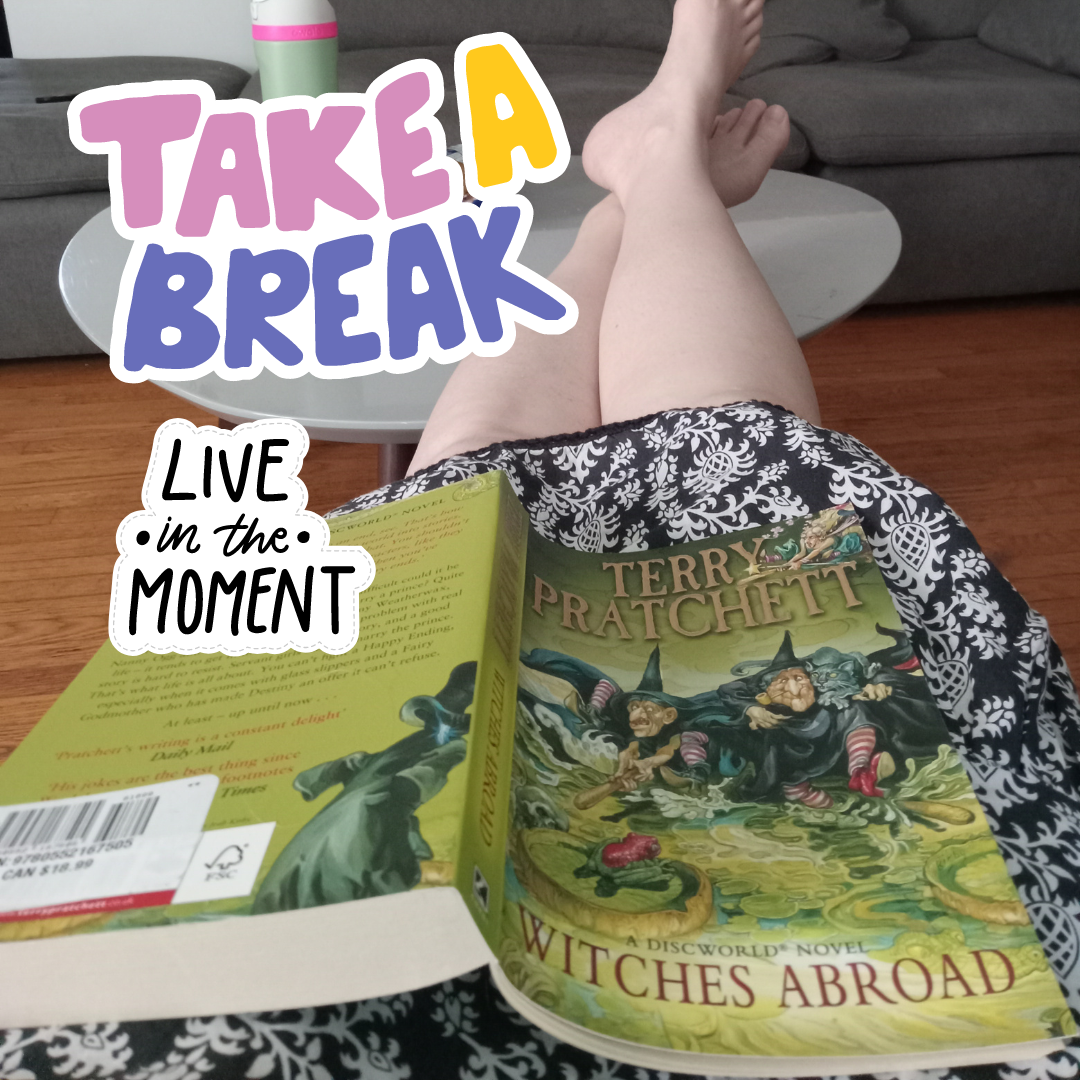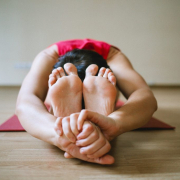Being present and living in the NOW takes practice.
The importance of being present and practicing mindfulness cannot be overstated.

When we are fully present, we engage with life more deeply and meaningfully. We notice the small details that often go unnoticed, like the warmth of the sun on our skin, the laughter of a friend or child, or the taste of a delicious meal. Being present allows us to connect more authentically with others, fostering stronger relationships and deeper understanding.
Moreover, mindfulness helps reduce stress and anxiety, shifting our focus away from worries about the past or future and anchoring us in the now. It opens the door to greater emotional regulation and resilience, enabling us to handle challenges with a calm, clear mind.
In a world that often pulls us in multiple directions, cultivating the practice of being present can be a powerful antidote. It enriches our experiences, enhances our well-being, and reminds us that life is happening here and now, in this very moment.
How to start being more in the NOW.
1. Start by setting aside dedicated time each day for mindfulness or meditation.
These practices help you tune into the present moment and become more aware of your thoughts, feelings, and surroundings. Focus on your breathing, noticing each inhale and exhale, which can help anchor you in the now.
MY PRACTICE
- The guided meditation video below blends together many of the practices I use to stay grounded and connected to my body.
- I practice mindful breathing exercises such as the Box Breathing. Inhale to a count of 4, hold for 4, exhale to 4 and hold for 4. Continue for as long as you need. (begin for 1 minute and build up to 15 or longer)
- Gentle yoga stretches help me cultivate a sense of peace and balance and often help me get out of my head. Here are a few I incorporate into my day: Child Pose, a standing or seated Forward Fold, Shoulder and Neck stretches, and a Spinal Twist.
- I use Journaling as a method of meditation. It allows me to process my thoughts and emotions.
- Going for a walk can become a form of meditation. On a walk, I notice my feet, every step I take, body sensations, and tune into the sounds around me.
- Another thing I like to do, either at home or on a walk, is Shapeshift meditation. In this practice, you become your power animal. Imagine yourself transforming into their shape and seeing the world through their eyes. It can give you a new perspective on things and activates their medicines in you. Want to meet your Power Animal? Book a 90 minute CORE Session
2. Another effective strategy is to engage fully in whatever activity you are doing.
Whether it’s eating, walking, or even washing the dishes, pay attention to the sensory details—the taste and texture of your food, the feeling of the ground beneath your feet, or the warmth of the water on your hands.
MY PRACTICE
- I pause between activities and listen to the sounds around me. When I emerge myself into my environment, I helps me feel more interconnected and present.
3. Limiting distractions is also crucial.
Put away your phone and other devices when spending time with loved ones or working on a task. This will allow you to give your full attention to the people and activities that matter, enhancing your sense of connection and satisfaction.
It’s ironic, isn’t it? The very device meant to connect us with the world often becomes a barrier to genuine relaxation. I scroll through social media, hoping to unwind, but instead, I find myself caught in an endless loop of notifications and updates. Sometimes, I wonder if true relaxation lies in simpler things—like a walk in the park, reading a good book, or even just sitting quietly with my thoughts. Maybe it’s time to rediscover those small, meaningful moments that bring real peace and joy.
MY PRACTICE
- In an effort to break my device habit, I’ve strategically positioned stacks of various books in areas where I frequently relax and use my phone – like by my bed and couch.
- I enhance my success by ensuring I have a diverse selection of books. This way, I can choose something based on my mood and preferences.
4. Practicing gratitude can also help you stay present.
Take a moment each day to reflect on things you are thankful for. This simple habit can shift your focus from what’s missing or what’s next to appreciating the here and now.
MY PRACTICE
Bedtime Ritual
- When I put my head onto my pillow, I spend at least 5 minutes reviewing my day and learning my takeaways.
- I give gratitude for my day and all I have accomplished.
- I set an intention to rest, rejuvenate, activate my gifts, and accomplish what I need to work through while I am in y sleep cycle.
Morning Ritual
- The minute I wake up, I spend about 5 minutes creating my day.
- I think about what I must or want to do that day and what I want to happen for me, and from me.
- Like how I want to feel in my body while I go about my day doing those tasks and activities.
- I imagine completing all my tasks and goals by focusing on their results and outcomes while being present with the feelings in my body.
5. Remember, being present is a skill that improves with practice.
Be patient with yourself and gently bring your focus back to the present whenever you notice it straying. Over time, you’ll find it becomes easier to live in the moment and enjoy life more fully.
MY PRACTICE
- In the first module of my shamanism training with The 8th Fire School, we were given a set of Life Practices.
- The first rule was “Gentle, Gentle.” – always practicing gentility with yourself and others.
- This has become an essential rule for me. It helped me stop criticizing myself when I didn’t progress enough or when I fell back into old patterns and habits.
- Give it a try; as you navigate making changes with your habits and living, and being your practice.


 Photo by Christian Erfurt on Unsplash
Photo by Christian Erfurt on Unsplash




